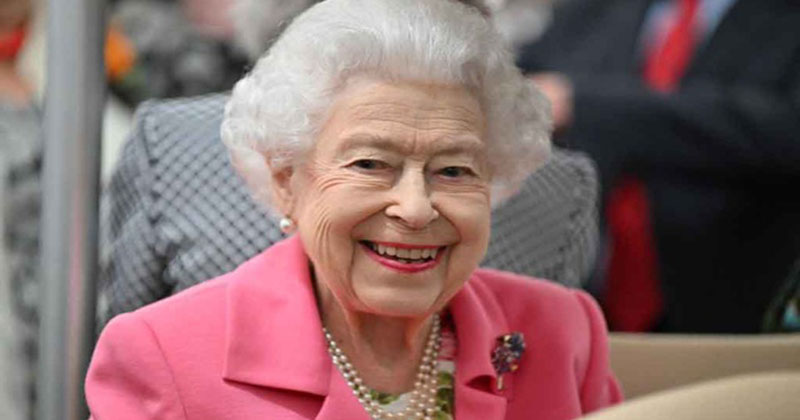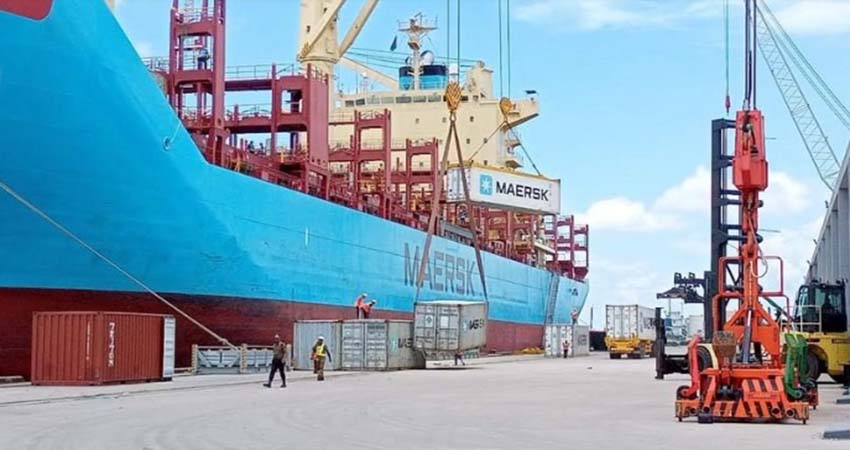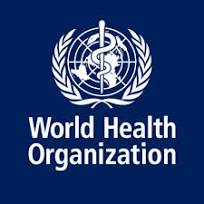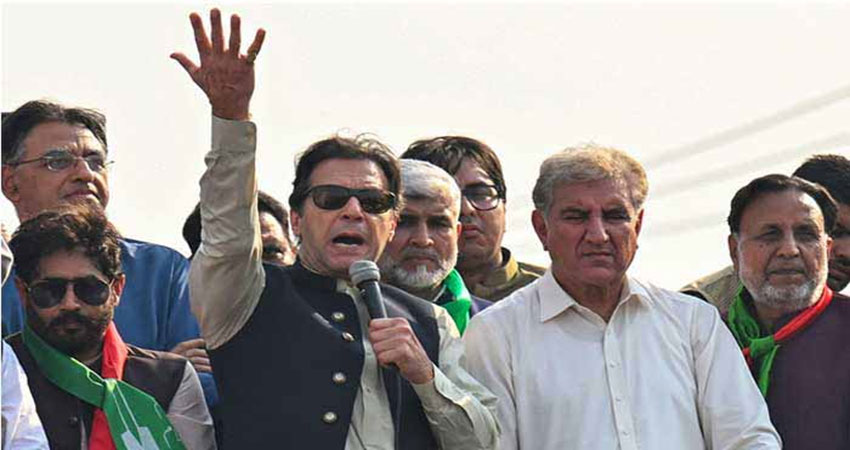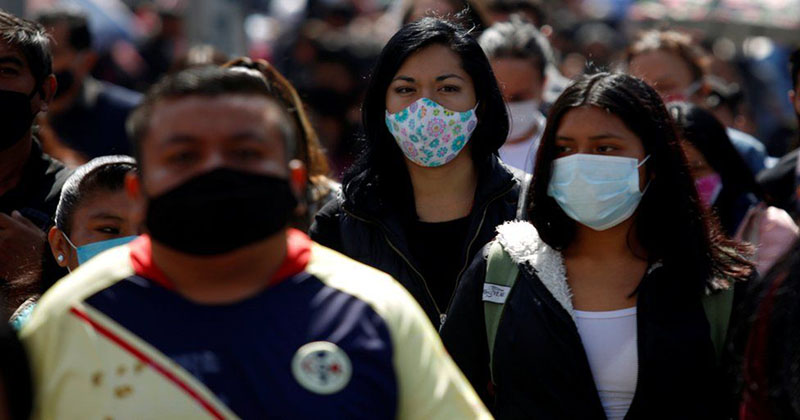Last week, on June 3, the director-general of the Department of Asian Affairs of China’s Foreign Ministry, Liu Jinsong, invited Bangladesh Ambassador to China Mahbub Uz Zaman for a meeting.
There, Liu told Zaman, “China believes that countries in the region, including Bangladesh, will bear in mind the fundamental interests of their own countries and the region, uphold independence, reject the Cold War mentality and bloc politics,” as reported by Dhaka Tribune.[1]
Bangladesh is not joining any new political grouping; the Cold War ended three decades ago; Bangladesh has been an independent country since 1971. Zaman would have had no reason to protest.
But, of course, Liu was asking Zaman to consider the consequence of collaborating with the Indo-Pacific Economic Framework for Prosperity (IPEF), after the media reported that US representatives had briefed their Bangladeshi counterparts on the initiative over the last several months.[2]
Liu’s warning is one reason many journalists and commentators have framed the IPEF as the US response to China’s economic interests in Asia, which include the Belt and Road Initiative (BRI), and the Regional Comprehensive Economic Partnership (RCEP), the largest economic trade bloc in the world.
This framing, however, overlooks fundamental differences between the IPEF and other initiatives.
The BRI and IPEF are like apples and oranges
The BRI is effectively a Beijing-led roadshow for state-owned engineering firms and development banks.
The BRI is the banner under which a wide variety of companies from China pursue funding from their own banks to build, and if they are lucky, operate, hard infrastructure in developing countries.
Beijing issues guidelines for the BRI that indicate what countries, sectors, and projects it will support; regulatory bodies develop frameworks that encourage companies and banks to follow guidelines; companies, banks, and governments in China and partner countries design and build projects.
The IPEF focuses on trade and governance, not loans and construction like the BRI.
The closest US foreign policy effort to the BRI is the Blue Dot Network (BDN) implemented by the US, Japan, and Australia in 2019, not the IPEF. And the BDN’s scope is comparatively limited.
The BDN certifies infrastructure projects in developing countries as sustainable; this certification may then help developers attract foreign investment for the project.[5]
The BDN has not made much of an impact because of its inability to promise to finance.
While the US, Japan, and Australia -- all IPEF members -- could attempt to strengthen the BDN under the IPEF, the BDN ultimately serves a different purpose from the BRI. Where the BRI promises fast cash for infrastructure projects, the BDN promises international quality standards for infrastructure projects.
The RCEP is not ‘Chinese’
The IPEF shares more similarities with the RCEP than the BRI. That is because the IPEF could evolve into a trade agreement like the RCEP.
The RCEP is a multilateral agreement like the IPEF. The RCEP includes Australia, China, Japan, New Zealand, South Korea, in addition to all ASEAN-member states.
Despite this, the media has often portrayed the RCEP as “Chinese.” This is because China has the largest economy in the RCEP, and many RCEP-critics portray trade with China as threatening.
Yet, every RCEP member weighed the cost-benefit of implementing the agreement over nearly 10 years of negotiations, and joined on terms they saw as favourable.
And after it all, Japan retains the most favourable trade balance within the RCEP, not China.[6]
No one ever describes the RCEP as a Japan-led or -dominated trade group, but if they did, it might be less surprising that most RCEP member states are also members of the new IPEF.
Still, the most useful comparison for the IPEF isn’t even the RCEP. It’s the Comprehensive and Progressive Agreement for Trans-Pacific Partnership (CPTPP).
The CPTPP is a trade agreement between Australia, Brunei, Canada, Chile, Japan, Malaysia, Mexico, New Zealand, Peru, Singapore, and Vietnam. Many CPTPP members participate in both the RCEP and IPEF.
The CPTPP actually started as the Trans-Pacific Partnership (TPP).
US representatives spent years developing the TPP before then US president Donald Trump withdrew in 2016, prompting the TPP’s remaining members to re-draft the agreement as the CPTPP.
Analysts, generally, portray the CPTPP as a lighter version of the original TPP, as the CPTTP contains tariff and non-tariff measures negotiated between the US and other CPTPP participants under the TPP.
The CPTPP, then, offers the most direct precedent for the IPEF, which will likely serve as a basis for the IPEF to build on the non-tariff trade measures discussed during TPP negotiations.
Beijing’s ‘view from nowhere’
The IPEF, ultimately, reflects the shared interests of its participants, many of whom have worked together since the turn of the century to deepen and enrich economic ties between each other.
And Liu’s effort to depict the IPEF as a Cold War-era political grouping that subjugates countries like Bangladesh was as absurd as it was disingenuous.
Dhaka is free to pursue any combination of bilateral and multilateral agreements it would like.
Beijing’s representatives will continue to issue opaque warnings, but they are just that – warnings. Dhaka has managed similar warnings in the past, just as counterparts throughout Southeast Asia, many of whom are members of the BRI, BDN, RCEP, CPTPP, and now, the IPEF.







